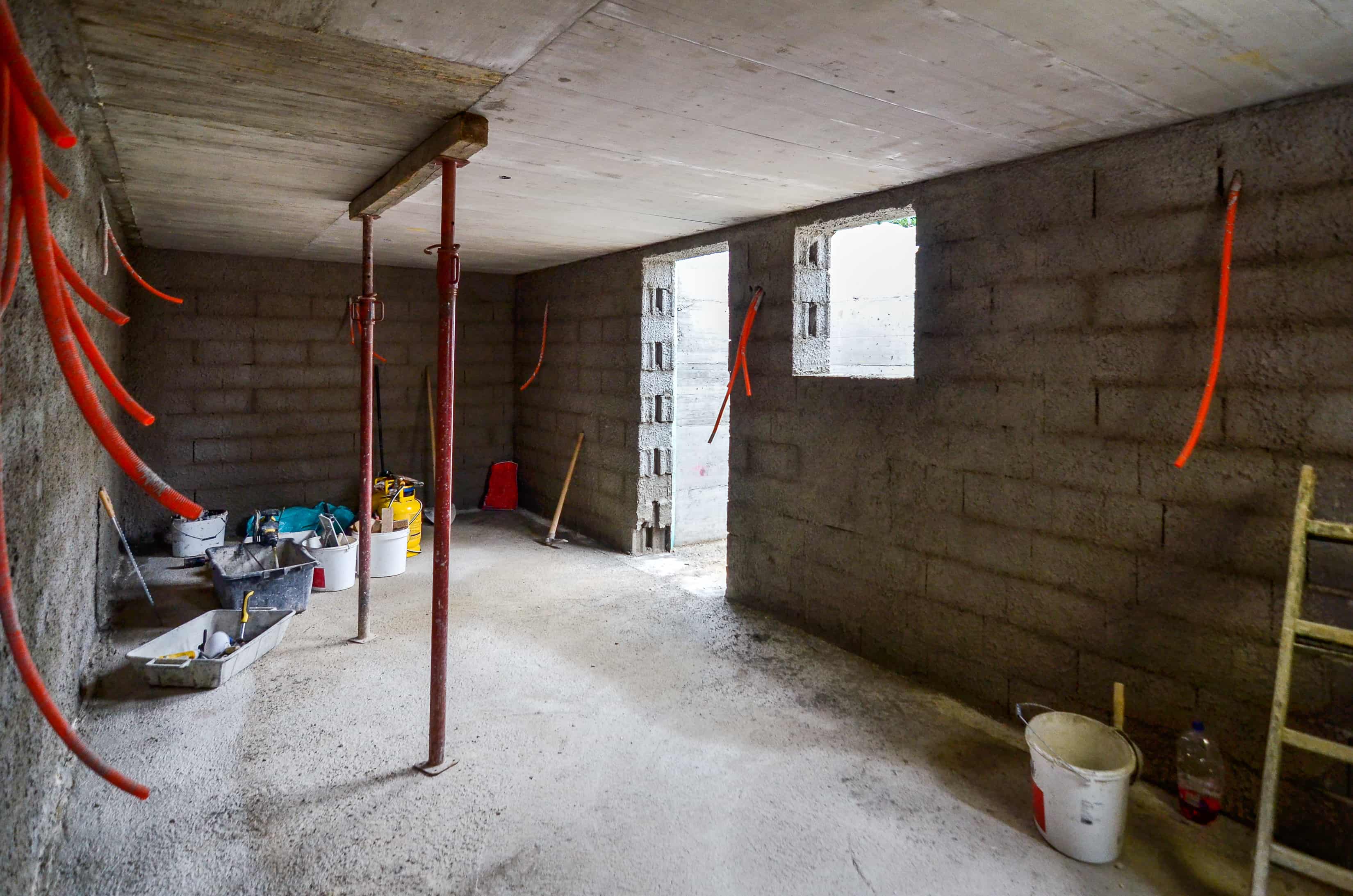Benefits of Crawl Space Encapsulation

Like most homeowners, you probably don’t think about your crawl space often. It’s under your home, it’s out of sight, and it’s generally low maintenance. Crawl spaces that are open have vents around the perimeter foundation. An open or vented crawl space allows air flow from the crawl space outside-in or inside-out, however some of this air flow will travel up into the home. A closed or encapsulated crawl space is sealed and climate controlled through a dehumidifier, air conditioner, or fan. If you experience a leak in your pipes or excessive rain or snow, an open crawl space is susceptible to water damage. Too much moisture can lead to mold and mildew growth and eventually damage your home’s floor joists and walls.
Crawl space encapsulation is an affordable way to protect your crawl space and avoid costly damages. Crawl space encapsulation seals the ground and any cracks or openings to protect your home from moisture, reduce the risk of floor damage. Depending on external factors like weather conditions, a properly dehumidified encapsulated crawl space can last for twenty-five years or longer.
What is crawl space encapsulation?
Crawl space encapsulation is the process of sealing or completely covering your crawl space with plastic. Just like the lining of a swimming pool, crawl space encapsulation ensures the area will be leak-free and safe from water intrusion, protecting against mold and mildew. Once your crawl space is completely sealed, you may need to add a ventilation system like a dehumidifier, redirected air supply from the HVAC system, or a small exhaust fan. Water from rain or snowmelt can enter your home through cracks or openings in an open crawl space. Too much water accumulating over time leads to mold growth. A properly maintained, encapsulated crawl space reduces this risk.
Signs of crawl space problems
Mold is hazardous to both the structural integrity of your home and your family health. Excessive moisture in an open crawl space can lead to mold growth that can easily spread from a minor issue to a huge problem over time. Mold has the potential to damage everything from the floor to the frame of your home. If you notice a musty smell in the lower levels of your home, you could have mold growing in your crawl space. Other types of mold are not as easily detectable and may require a visual inspection by you or a professional. In some cases, excessive crawl space moisture can cause floors to buckle or condensate. If you have an open crawl space, consider having a professional inspection to check for mold and other hazards. If you have an encapsulated crawl space, but are noticing some of these symptoms, it could be time for a crawl space encapsulation replacement. Crawl space encapsulation can last anywhere from 25 years or longer depending on the weather conditions outside your home and how well you maintain it.
Benefits of crawl space encapsulation
Millions of homes are built over open crawl spaces. Encapsulated crawl spaces are becoming more preferable. You can’t change what’s beneath your home, but you can protect it with crawl space encapsulation.
An encapsulated crawl space improves your home’s overall ventilation and can even reduce energy bills by keeping your home warmer in the winter and cooler in the summer. An encapsulated crawl space also gives you more storage space beneath your home, allowing you to declutter other crowded storage areas like your closets or garage. Since encapsulating the crawl space has become more common, it can even improve the resale value of your home. Additionally, some state and local governments offer tax incentives for home improvement investments like crawl space encapsulation.
The cost of your crawl space encapsulation depends on the size of your crawl space, whether or not it has been encapsulated previously, and the extent of any existing mold or other damage. If you’d like to price out crawl space encapsulation, whether you have an open crawl space or are in need of a crawl space encapsulation replacement, please give us a call for a free estimate. Preventative maintenance now is cheaper than extensive repair later.
